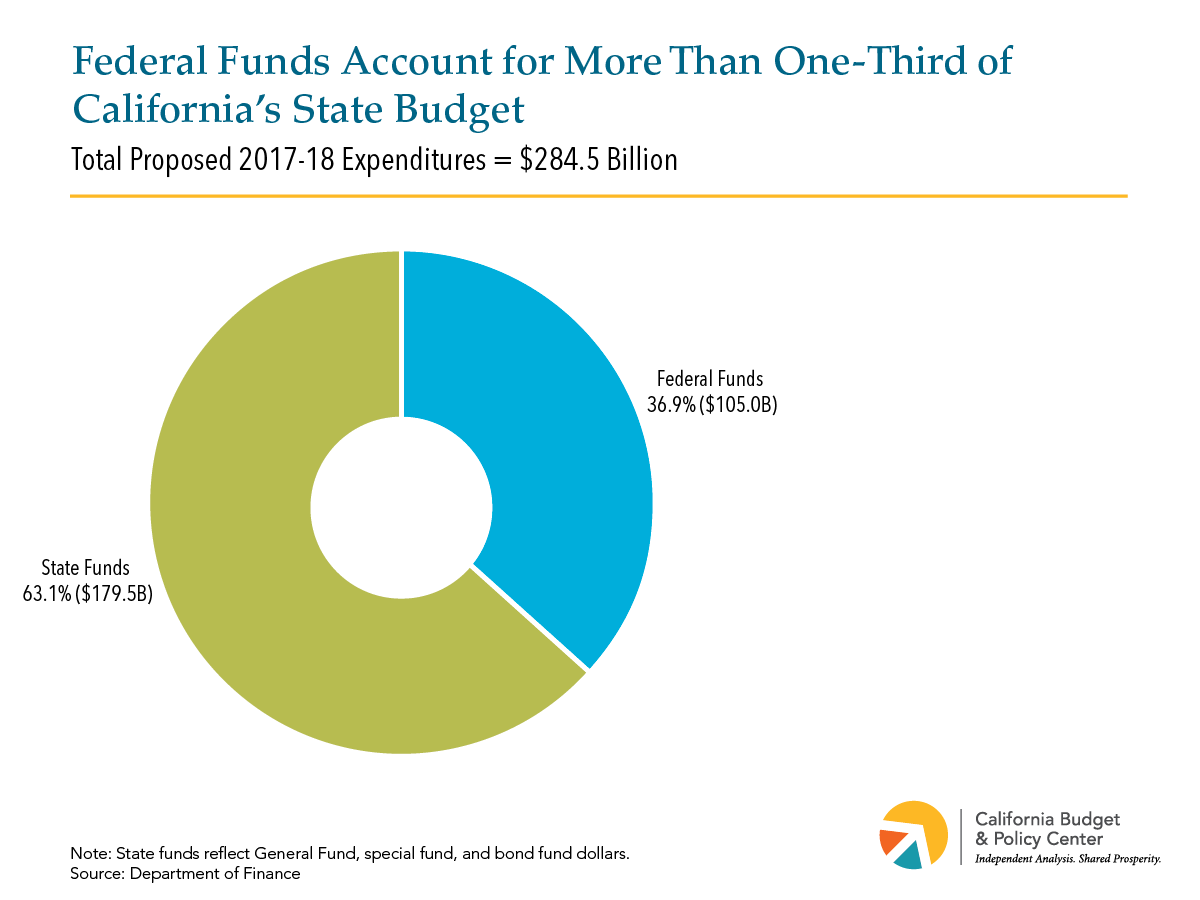The underlying data for this Fact Sheet, including the regional county groupings for the map below, are available for download.
Federal policy changes being pursued by the Trump Administration and Republicans in Congress threaten to inflict serious harm on older adults, and the rapid aging of California’s population means that a growing number of state residents are at risk. One of the most significant threats comes from recent proposals to slash food assistance provided through the Supplemental Nutrition Assistance Program (SNAP), called CalFresh in California. Last month, the House Budget Committee approved a budget resolution that would cut SNAP by more than 20% ($150 billion) over 10 years.[1] This massive reduction in funds follows the lead of the President, who earlier this year proposed cutting SNAP by more than one-quarter (over $193 billion) over 10 years. These proposals would undoubtedly increase hunger and hardship throughout California, as CalFresh benefits currently are based on a minimal diet and provide only around $1.50 per person per meal.
These proposals also would likely undermine California’s efforts to reduce and prevent hunger among older adults. The President proposes shifting to the states roughly 25% of the cost of SNAP food assistance, effectively ending the federal government’s commitment to fully cover benefit costs for this vital anti-hunger program. The House budget resolution appears to take a similar approach, as it calls for transferring “significant authority” over SNAP to the states. Shifting benefit costs to the states would make it difficult, if not impossible, for California to continue implementing strategies to address low CalFresh participation among older adults.[2] The state would have to contribute at least $1.8 billion annually to maintain CalFresh food assistance at 2016 participation and benefit levels if the President’s proposal is approved. Enrolling additional eligible Californians would increase the state’s costs for CalFresh even more, likely scuttling efforts to boost participation.
Proposed cuts to SNAP come at a time when many Californians already struggle to put food on the table. More than one-quarter of adults age 65 or older report that they cannot afford enough food, and in some parts of the state even larger shares face hunger or the threat of hunger.[3] Given SNAP’s track record of reducing hunger and improving health, federal policymakers should focus instead on boosting SNAP funding to expand the program’s powerful effects.

Download map data, including the regional county groupings.
[1] The budget resolution requires the House Agriculture Committee to identify by October 6 at least $10 billion in cuts between 2018 and 2027 to nutrition and other programs under its jurisdiction. Most, if not all, of these cuts will likely come from SNAP, according to the Center on Budget and Policy Priorities, given that budget documents do not mention any cuts to other programs under the committee’s jurisdiction.
[2] Less than one-third of Californians age 60 or older who are estimated to be eligible for CalFresh participate in the program. Personal communication with the Department of Social Services (DSS), Research Services Branch on June 16, 2017. DSS estimated the number of older adults who are eligible for CalFresh after accounting for the fact that Supplemental Security Income/State Supplementary Payment (SSI/SSP) recipients are not eligible to participate in the program. To learn more about this SSI/SSP-related exclusion see California Food Policy Advocates, California’s Cash Out Policy (Updated April 14, 2016). Low CalFresh participation among older adults may reflect several factors, including misinformation about who is eligible, fear of stigma, inability to visit county human services offices due to a lack of mobility or transportation, and a burdensome application process. California has pursued a number of strategies in recent years to boost older adults’ participation in CalFresh. For more information see California Department of Social Services, Senior Healthy Food Access and Nutrition Education Information and Innovative Practices Webinar (Food Access Nutrition Education Outreach (FANOut) Committee: December 7, 2016) and Jared Call, State Acts to Boost Senior CalFresh Participation and Benefits (California Food Policy Advocates: April 20, 2017).
[3] California Health Interview Survey. Only adults with incomes below 200% of the official federal poverty line were asked whether they could afford enough food. Five years of data (2011 through 2015) were combined in order to ensure statistically reliable results. Data for 50 counties could not be reliably reported on their own. In these cases, the data were combined into the following regions: 1) Butte, Colusa, Del Norte, Glenn, Lake, Lassen, Modoc, Nevada, Plumas, Shasta, Sierra, Siskiyou, Sutter, Tehama, Trinity, and Yuba; 2) El Dorado and Placer; 3) Alameda and Contra Costa; 4) Marin, Napa, Solano, and Sonoma; 5) Sacramento and Yolo; 6) Alpine, Amador, Calaveras, Inyo, Mariposa, Mono, and Tuolumne; 7) Monterey, San Benito, San Luis Obispo, Santa Barbara, Santa Cruz, and Ventura; 8) Humboldt and Mendocino; 9) Madera and Merced; 10) San Joaquin and Stanislaus; 11) San Francisco and San Mateo; 12) Kern, Kings, and Tulare.












